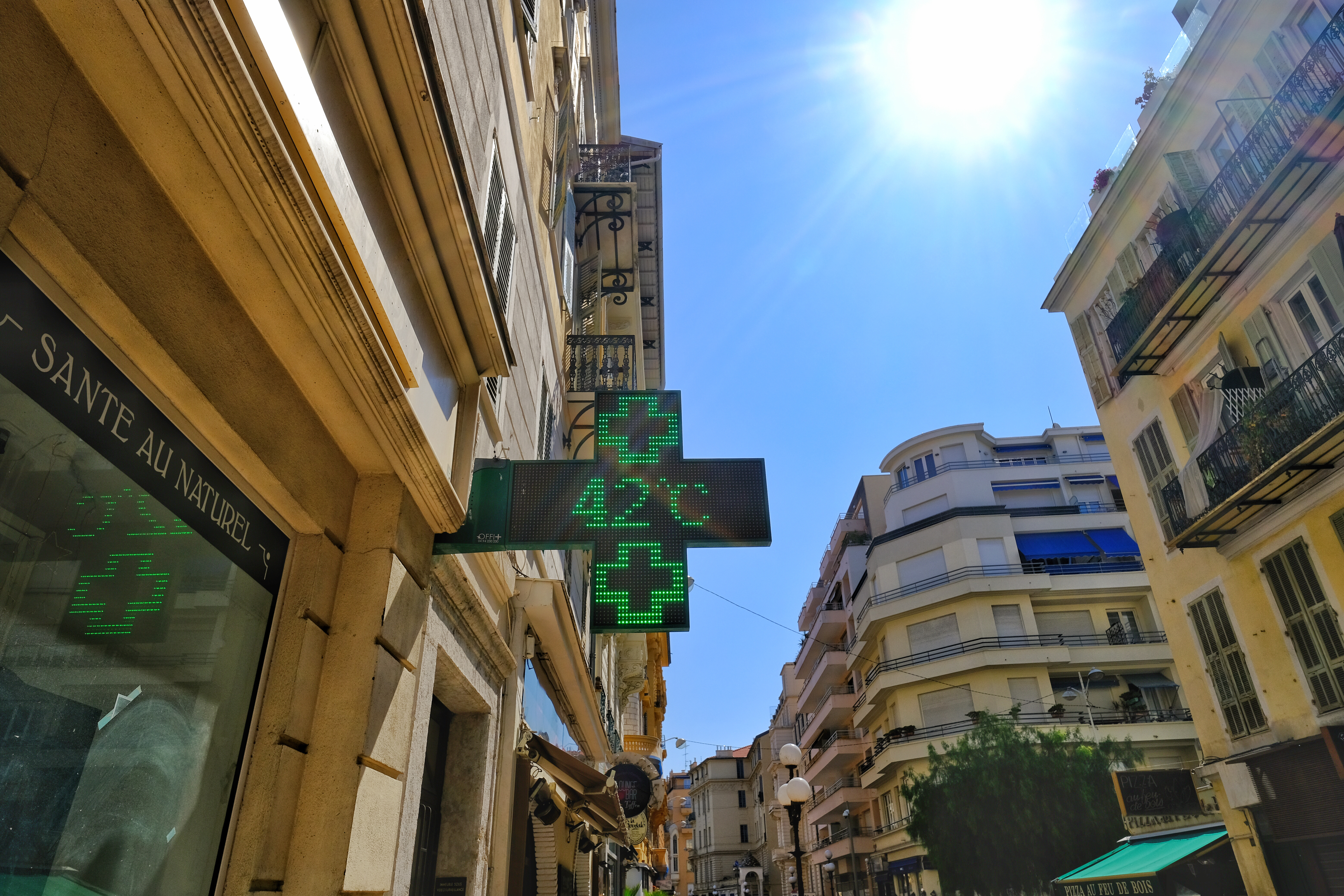How Earth Intelligence can help advance extreme heat and health resilience

Heat stress is the leading cause of weather-related deaths. It worsens cardiovascular disease, diabetes, mental health issues, and asthma, and it increases accident risk and infectious disease transmission.
Actionable early warning systems are critical. Earth Intelligence – using Earth observations to understand the planet in near real-time – helps countries and communities understand, predict, and mitigate heat-related health risks.
The GEO Health Community of Practice’s Heat-Health Work Group utilises Earth Intelligence to map the cascading impacts of heat, co-design early action plans and early warning systems, and work directly with local communities to ensure guidance is trusted and effectively used.
The One Health approach
Extreme heat cuts across human, animal, and environmental health. The One Health framework is a multidisciplinary approach that helps connect the dots, from land-use planning and acute heat advisories to downstream environmental and health outcomes. This means various sectors can co-develop solutions without making decisions in one sector that create risks in another.
Using satellites to close critical gaps
City heat is patchy. One remote weather station can miss dangerous hotspots on a construction site, or a treeless estate.
Rural communities face similar challenges. Agriculture works often cannot work during heat waves and face long-term health consequences due to heat exposure.
Earth observations reveal those patterns. When integrated and combined with population and health data, these observations yield high-resolution heat-hazard estimates that sharpen early warnings and target interventions where they’re needed most.
The Heat-Health Work Group curates and shares best practices and new advances in utilizing satellite EO to close extreme heat and health data gaps.
Making data accessible
Building reliable exposure estimates is difficult. “Heat” for people, animals, and ecosystems depends on temperature, humidity, radiation, wind, and local context.
Climate data integrated into population distribution, green spaces, and the built environment can help, but relevant decision-making depends on quantifying the association between heat and outcomes such as heat-related illnesses and mortalities.
That’s why collaboration matters. Cross-disciplinary work with end users can support integration pipelines, shared ownership, and confidence in results.
Promoting solutions
The Heat-Health Work Group convenes researchers and practitioners to develop and review extreme heat initiatives. Members showcase data products, accessible heat datasets, operational early warning systems, and decision-support tools. Feedback enhances societal relevance, sparks cross-cutting collaboration, and accelerates end-user engagement.
This work aligns with GEO’s Global Heat Resilience Service, which is building momentum to help cities and communities plan for, and act on, extreme heat.
To learn more about the innovative work being done by the GEO Health Community of Practice’s Heat-Health Work Group, be sure to read this white paper or get in touch.